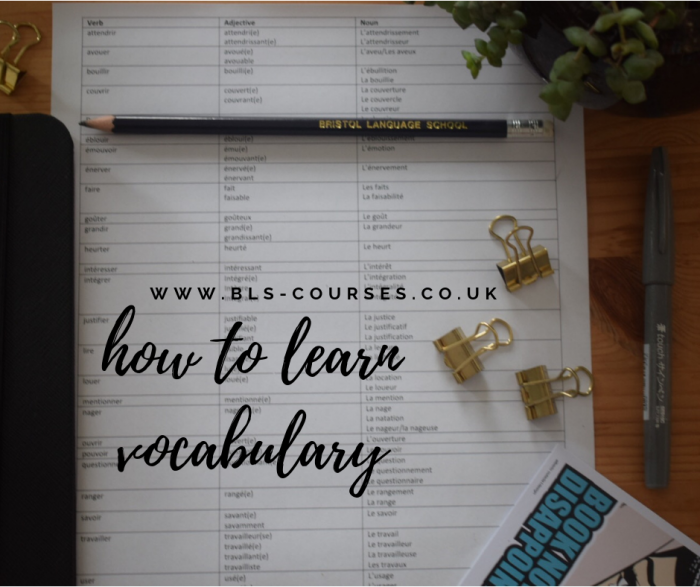Words may be
classified according to the concepts underlying their meaning. This
classification is closely connected with the theory of conceptual
or semantic fields.
Semantic
field (Ginsburg)
is a closely knit sector of vocabulary characterised by a common
concept, e.g. in the semantic field of space nouns:(expanse, extent,
surface); verbs (extend, spread, span); adjectives (spacious, roomy,
vast, broad).
The members
of the semantic fields are not synonymous but all of them are joined
together by some
common semantic component.
This semantic component common
to all the members of the field is sometimes described as the common
denominator of meaning: 1) the concept of kinship, 2) concept of
colour,3) Parts of the human body etc.
The basis of
grouping in this case is not only linguistic but also
extra-linguistic: the words are associated, because the things they
name occur together and are closely connected
in reality.
Thematic
(or ideographic) groups
are groups of words joined together by common contextual associations
within the framework of the sentence and reflect the interlinking of
things and events in objective reality.
Contextual
associations are formed as a result of regular co-occurrence of words
in similar repeatedly used contexts.
Thematic or
ideographic groups are independent of classification into parts of
speech. Words and expressions are classed not according to their
lexico-grammatical meaning but strictly according to their
signification, i.e. to the system of logical notions (e.g.
tree —
-grow
—
green;
journey —
train,
taxi, bass —
ticket;
sunshine —brightly
—
blue
—
sky).
Another
approach to the classification of vocabulary items into
lexico-semantic groups is the study of hyponymic
relations
between words.
Hyponomy
is the semantic relationship of inclusion existing between elements
of
various
levels. Thus, e.g.
vehicle includes car, bus, taxi;
The hyponymic relationship is the relationship between the
meaning of the general and the individual terms.
A hyperonym
is a generic term which serves as the name of the general as
distinguished from the names of the species-hyponyms. In other words
the more
specific
term is called the hyponym.
Ex.:animal
is a generic term to the specific names wolf, dog or mouse (these are
called equonyms). Dog is a generic term for different breeds such as
bull-dog, collie, poodle, etc.
21. Problems of phraseology.
Phraseology
is a branch of linguistics which studies different types of set
expressions, which like words name various objects and phenomena.
Attempts
have been made to approach the problem of phraseology in different
ways. Up till
now, however, there is a certain divergence of opinion as to the
essential feature of phraseological units as
distinguished from other word-groups
and
the nature of phrases that can be properly termed phraseological
units.
Another
important and so far unsolved problem is the
question of classification.
The
place of the PU in the vocabulary
and the boundaries of this level is one of the great controversial
issue of present day linguistic. English and American scholars treat
PU mostly as problem of applied linguistics, they have concentrated
their efforts on compiling dictionaries of idiomatic phrases
(Collins, A book of English idioms with explanations). The boundaries
of the layer in question are not defined, so the dictionaries include
among their entries not only word combinations but also separate
words interesting from the point of view of their etymology,
motivation or expressiveness.
The
place of proverbs, sayings
with respect to PU is a controversial issue. Proverbs have much in
common with Pus, because their lexical component is also constant,
their meaning is traditional and mostly figurative, they are
introduced in the speech ready-made. They often form the basis for
PU.(Vinogradov). BUT Proverbs independent units of communication
(Amosova). .
Соседние файлы в предмете [НЕСОРТИРОВАННОЕ]
- #
- #
- #
- #
- #
- #
- #
- #
- #
- #
- #
If you’re looking for a fun word association game or activity, then you’re certainly in the right place. Keep on reading for everything you need to know about fun word association games.

Word Association Activity
This ESL word association activity is an ideal way to help students activate prior knowledge that they might have about a topic. Or, you can use it at the end of a unit to show students how much they have learned!
The key to having a happy ESL classroom is to mix things up in your classes. After all, nobody likes doing the same thing over and over again. Try out some new activities today…here’s a simple vocabulary one you can start with.
Skills: Reading/writing/speaking
Age: 7+ (must be able to read + write)
Materials Required: Workbook or butcher paper and pens
Word Association is an ESL vocabulary activity that can be used to introduce a new topic, lesson, theme, etc. You have to write a single relevant word in the middle of the board or paper and have students take turns adding as many words or images related to that word as possible.
For example…the centre word could be “school.” Some of the other branches could be subjects (Math, English, History, Gym, etc) while another branch could be school supplies (pen, paper, ruler, etc.) Finally, you might have one about recess or break time (play games, tag, climb, jump, swing set). And keep going with more associations from there.
The subject or topic can be whatever you’re teaching that day. Another topic it works well for is body parts. Check out some more parts of the body activities here.
For large classes, have students work in groups with separate pieces of paper taped to the wall or the top of the table/ grouped desks. After a given amount of time (3-5 minutes, or when you see no one is adding anything new), discuss their answers.
It’s also a nice activity for teaching English online so give it a try today!
Teaching Tips for This ESL Vocabulary Activity
For large classes, butcher paper works best, so more students can write at one time. If that isn’t possible, have 5-6 board markers available.
If using butcher paper, prepare in advance, including taping to the wall, unless students will be working at their desks. Finally, if students will be working at their desks, write the word on each table’s page in advance, but don’t hand them out until you have given your instructions.
This activity is often quite a fun way to start off a holiday themed class. For even more ideas, check out: ESL Christmas Activities and Games.
Procedure for Word Association Game
1. Write a single word relevant to your new topic, lesson, or theme on the white board or butcher paper.
2. Have students take turns adding as many words or images related to that word as possible. My rule is that each student has to add at least one word, no matter how small.
3. After 3-5 minutes (or less, if no one is adding anything new), discuss their answers.
4. For larger classes, put students into groups of 4-6 and let them work together on this. You can choose the most well-organized one to show as an example to the rest of the class. And these papers can act as resources for the rest of the class.
Word Associations Activity for ESL
Follow-Up to this Word Association Activity
You may wish to spend quite a bit of time teaching your students how to do mind-mapping, or brainstorming the first time they do it. This is because it can be a very useful skill that they can take with them to all of their classes. It’s often a great first step before doing almost any kind of writing task or project.
Remember to teach your students that they’re not to edit their ideas at this point. Just to write down anything that comes to mind. And that they should also be doing this very quickly.
Word Associations Worksheets
Do you want to give your students some extra practice with this kind of thing? The good news is that there are a ton of great word association exercises online that you can just print off and use in your classes. If that’s not some ESL teaching gold then I’m not sure what it! Here are some of the best options:
ISL Collective
ESL Printables
ESL Galaxy
Did you Like this Word Associations Game?
Do you love this English vocabulary Activity? Then you’re going to love this book over on Amazon: 39 ESL Warm-Ups for Kids. There are almost 40 top-quality ESL warm-ups and icebreakers to help you get your classes started off in style. Help ease your students into using English and get them ready for the main part of the lesson ahead.
English warm-up activities and games are the perfect way to review ESL Vocabulary from previous classes. Do it the tricky way—without students even realizing what you’re doing!
The authors of the book have decades of experience teaching kids, teenagers, university students and adults. Learn from their experience about how to help your students actually learn English.
39 ESL Warm-Ups is available in both print and digital formats. The (cheaper!) digital copy can be ready on any device by downloading the free Kindle reading app. It’s super easy to have fun, engaging ESL warm-ups at your fingertips anywhere you might plan your lessons.
You can check out the book for yourself over on Amazon:
—>39 ESL Warm-Ups: For Kids (7+)<—
Word Association ESL Vocabulary Activity: Join the Conversation
Do you like this activity, or do you have some other favourite word association games? Leave a comment below and let us know your thoughts. We’d love to hear from you about anything word association game!
Also be sure to give this article a share on Twitter, Facebook, or Pinterest. It’ll help other busy teachers, like yourself find this useful resource.
Word association game
Last update on 2022-07-17 / Affiliate links / Images from Amazon Product Advertising API
In this blog post, we look at a useful way to help us remember vocabulary – putting words into groups. We find out how to harness our brain’s natural tendency to understand the world through association (this object is green and has leaves – it must be a plant!) to help us create groups of related words that will help us learn and remember them. We can create groups based on different things: themes, verbs/nouns and adjectives, synonyms, prefixes – these are just a few that we explore here.
I know what you’re thinking, another post on learning vocabulary! But this technique is different from the visualisation technique or the recognising cognates technique we explored in other blog posts. And remember, everyone is different and so everyone learns a language differently – and once you have worked out which type of language learner you are and which techniques work for you, you will have a recipe for success!
Grouping By Theme/Context
You will have heard it before, context is key to language learning. Children learn that “hello” means “hello” because people say it to them when they see them for the first time and not when they are going away (that’s “bye bye”). They learn that “yummy” is an adjective to describe food but not, say books. We are no different from children in the way we learn. When we associate words with a context, we learn and remember them more quickly. I can assure you that you will remember that “cucchiaio” means “spoon” in Italian much more readily if you are using it to eat soup with than if you ask, “how do you say ‘spoon’?” in a car trip across the Alps and then try to remember it after a fun day’s skiing.
So, how do you group words by theme? Try drawing and labelling a picture. Draw a picture of the kitchen in your house and label all the things in there, draw a picture of the human body and label the parts, draw a picture of a car and label that. If you are learning words that go together or make up a whole, you will remember them more easily. Learn words about the weather together, learn how to say whether you are well/ill/have a headache/have a toothache together. Learn words you will use in the classroom together. Learn words and phrases you will need to use in a restaurant (“I’ll have a…”, “the bill, please!”). You will remember them better than if you are learning random clusters of words.
Making Nouns and Adjectives out of Verbs
I remember when I learnt this technique to learn three words for the price of one – I was literally excited because it opened my eyes to a new, efficient way of learning!
Think of a verb in the language you are learning. Let’s take “éclairer” (to brighten/become clear/clarify) in French. If we look in a dictionary near “éclairer”, we will see “éclaircie” – a clear patch in a cloudy sky (which metaphorically means an improvement in a difficult situation), and “éclaircissement”, clarification. We will also see the adjective “éclairé”, informed/enlightened. With this exercise, we have just learnt four words instead of just one. Try this with verbs you can think of. You can combine this grouping technique with tools such as tables and diagrams if this will help you.
Learning Synonyms
Another way to learn several words instead of just one word at a time is to learn synonyms. It is a good idea to use a thesaurus for this exercise. Think of the word “hungry” in English. How many synonyms can you think of? “Famished”? “Starving”? “Ravenous”? “Peckish”? Try looking up synonyms in the language you are learning and use them in conversation instead of the standard word. This will help you remember them because you are using them and may impress your friends!
Grouping Words by Prefix
It is likely that the language you are learning will use prefixes (beginnings of words) that have a specific meaning. Let’s look at Spanish. If we know that “des-“ means “un-“ or “not”, we can work out that “desconocido” (des-conocido) means “unknown” and “desbloquear” means “to unblock”. “Descubrir”, literally “to uncover”, means “to find out/discover” (it’s similar in English). This amazing word is similar in a lot of languages – “scoprire” in Italian is “to uncover” or “discover”, “ontdekken” in Dutch is the same and “odkrywać” in Polish is similar. These words all have prefixes (s-, ont-, od-) which also mean “un-”, “away” or “from” in the respective languages. If we identify these little parts of words, we can understand the gist if not the meaning of new words and remember them because of their theme (such as “un-“ meanings).
Can you think of other ways to group vocabulary together? Share them with us in the comments!
Suzannah Young
- Размер: 224.5 Кб
- Количество слайдов: 36

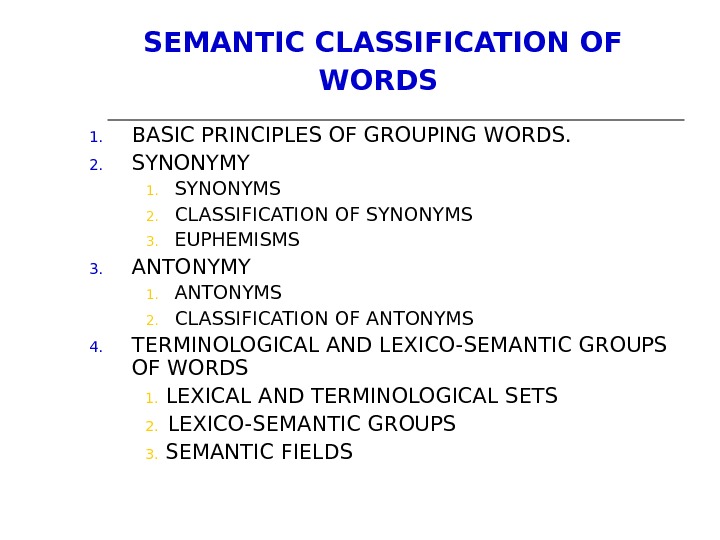

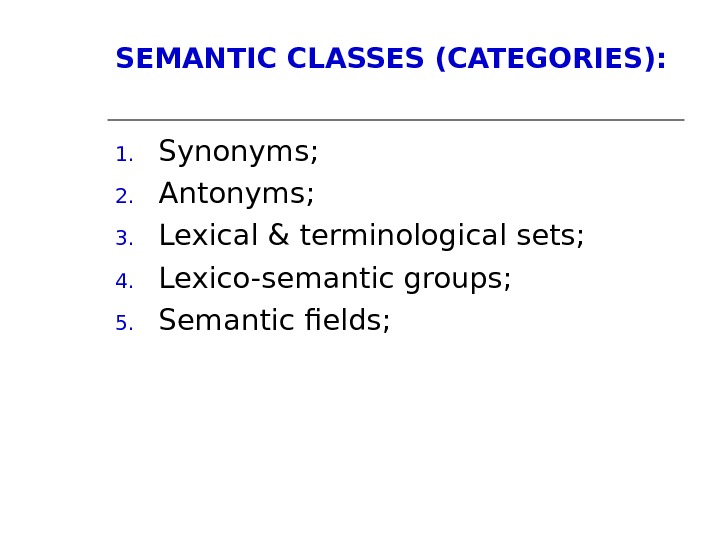
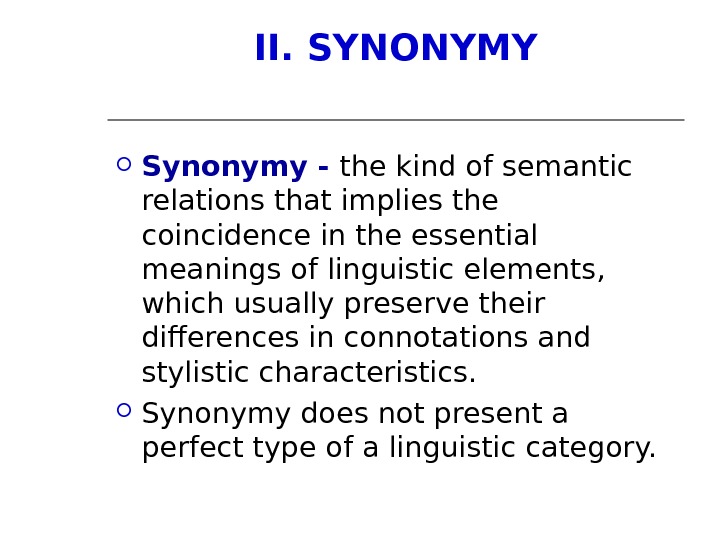


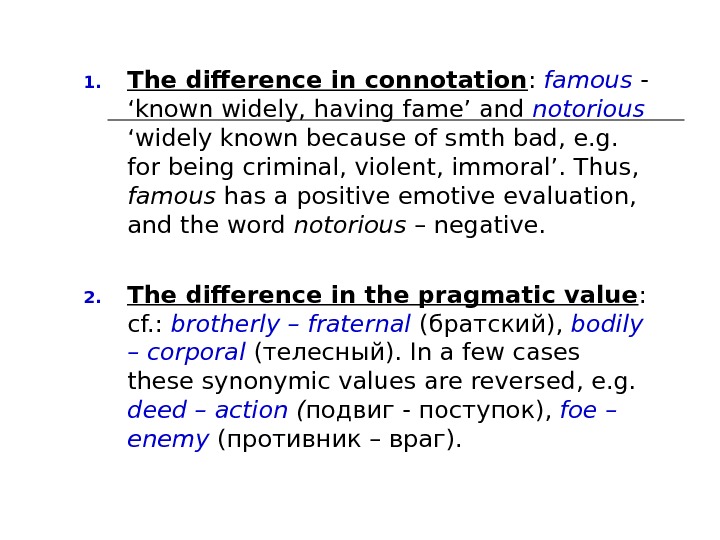
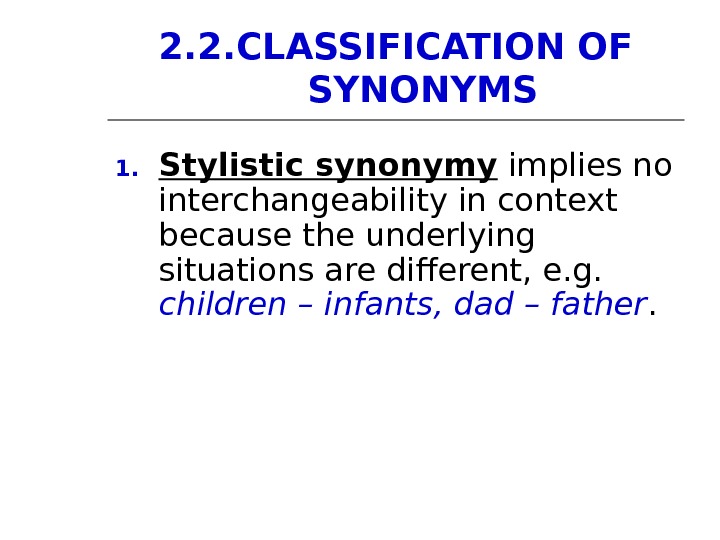




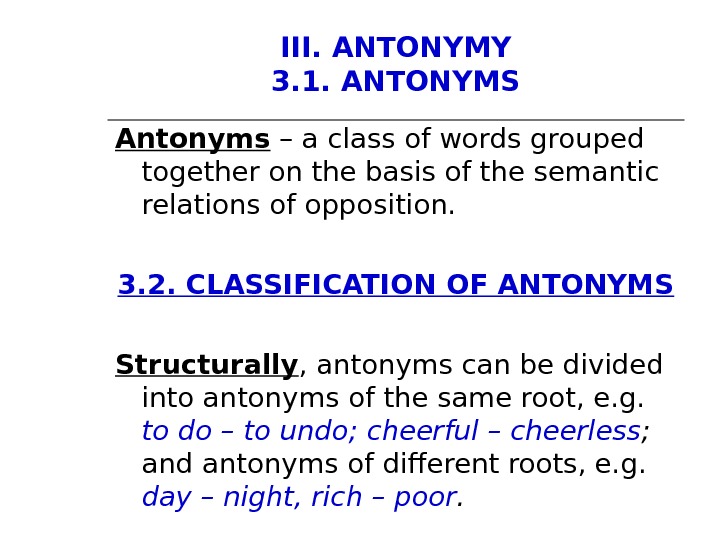

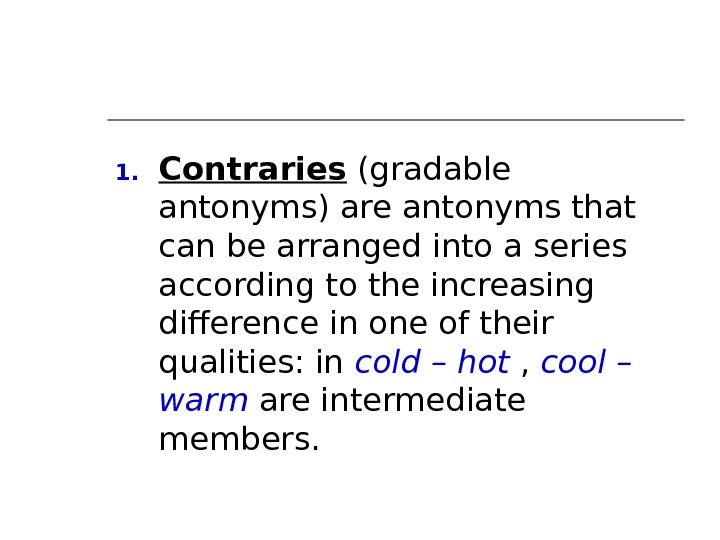
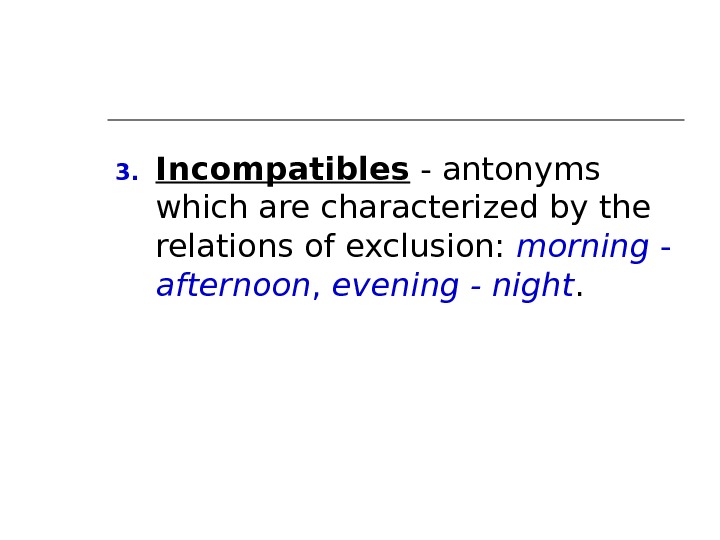

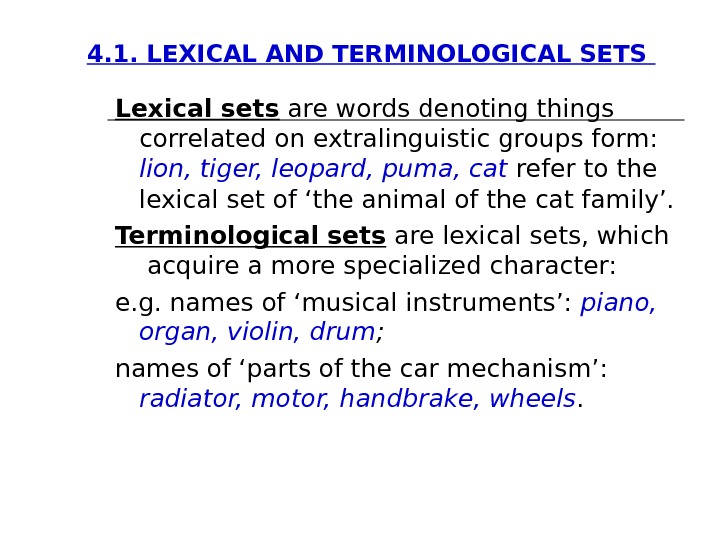
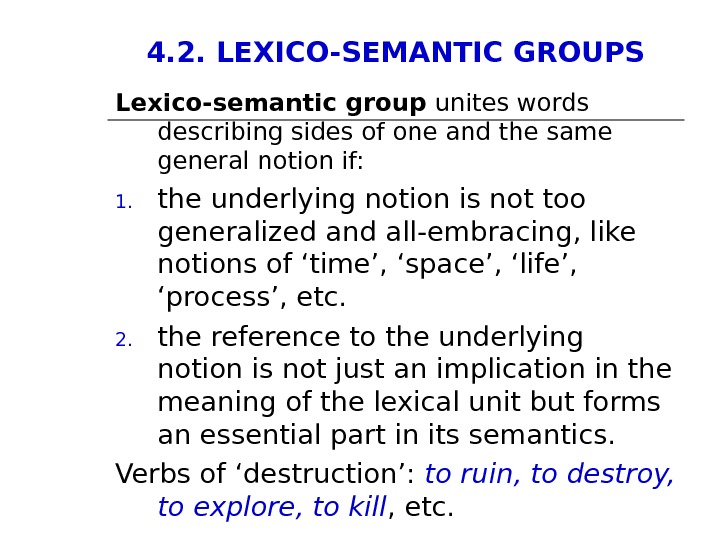
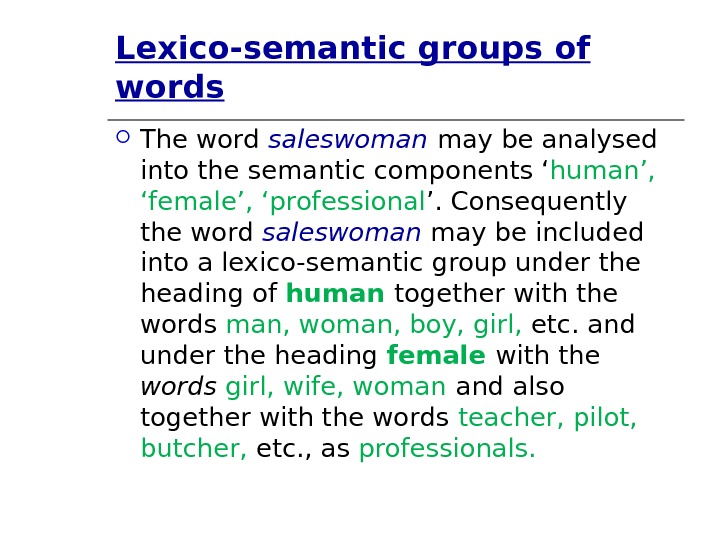

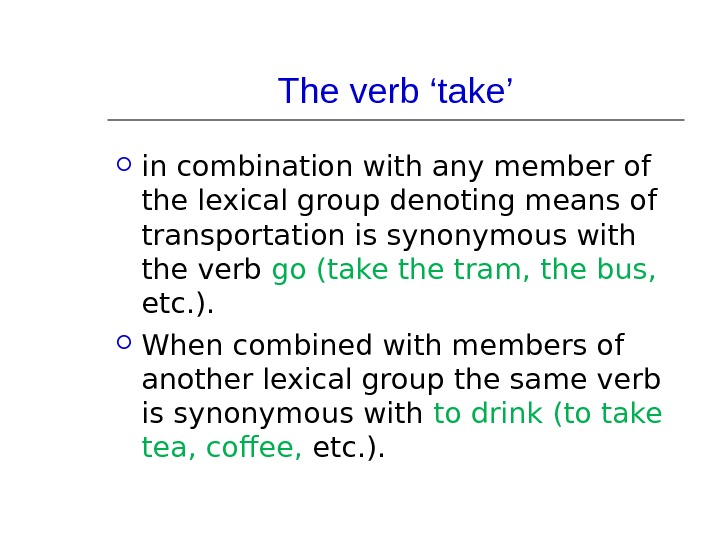


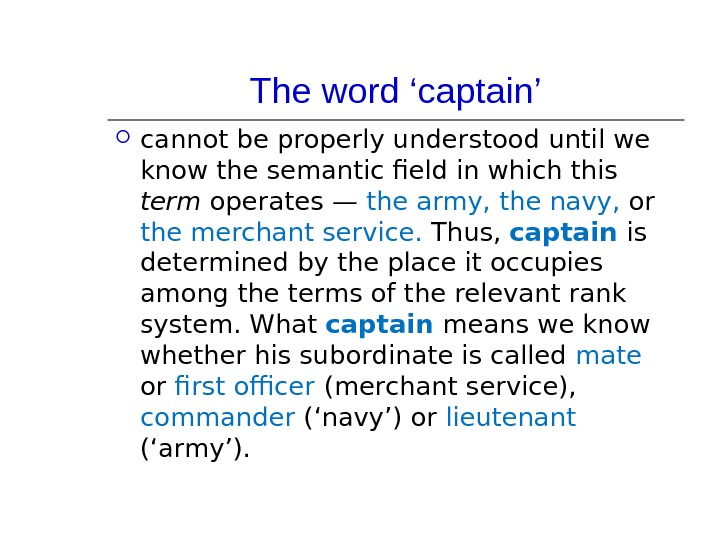








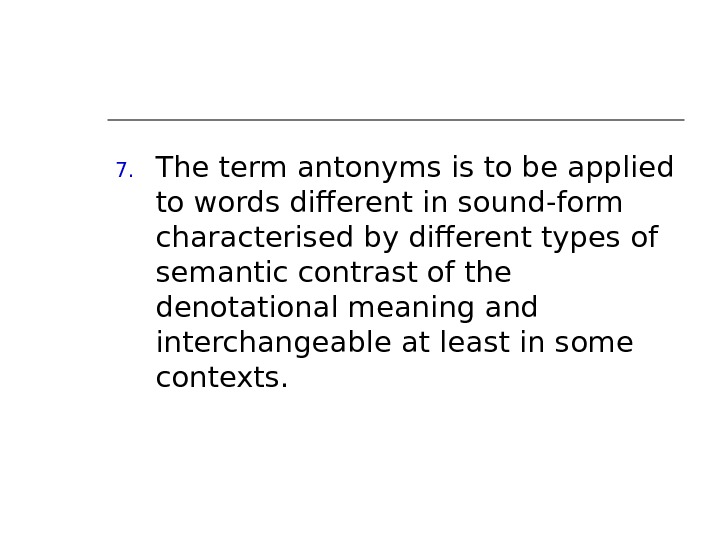
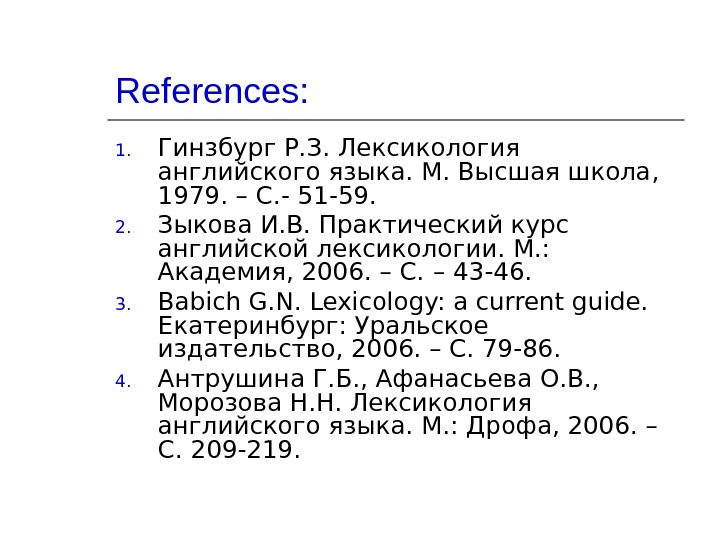
Word association games
Here are some fun activities that can be used as warmers, fillers, and also more involved speaking exercises. Some of these word association games require no preparation at all. Others require some printouts but everything you need is available for free here at ESL Vault.
The word association games are all about using words that are related in some way and are perfect for practising vocabulary. If you are not familiar with these kinds of activities read on and you will be!.
1 – Word Association circle
This is the most commonly know word association game that almost everyone has played at some point. To play this game, get your students to form a circle. Going around the circle students must say a word related to the previous word. An example might be as follows – Water – Drink – Coffee – Black – Night – Stars etc.
If they cannot think of one within 5 seconds, they are out of the game. The winner is the last person remaining in the game. If there is any dispute that a word is not associated let the whole class vote on whether it is a reasonable answer or not. If your class is too big to form a circle just get the students to stand up to play and sit down if they are eliminated from the game.
2 – Word association gameshow
This is quite similar to the game above. Instead of putting the class in a circle, break the class up into teams. Have 1 player from each team come to the front of the class and sit in a chair.
Give these chosen players a category, let’s say fruit for an example. The students take turns to come up with the name of a fruit within 5 seconds. So they might say this – student 1 “apple”, student 2 “banana”, student 3 “watermelon”. If a player cannot think of a word or repeats one that has already been used they are out. Continue until 1 player is remaining, that player is the winner and earns a point for their team.
Next, get the teams to send new players to the chairs and play and repeat the activity. Play several rounds and tally up the points at the end to find the winning team.
3 – Taboo
This word association game requires players to guess a target word from clues. The catch is that the clues cannot use certain words which are “taboo words”. One student must try to explain the target word while the rest of the class tries to guess what it is.
For complete instructions and free printable game cards gave a look here.
4 – Word association point scoring
For this, you need premade word cards that have a target word and 4 associated words. You can also print out the free taboo cards from the link in the previous game.
The game can be played 1 on 1, or in groups. First, a player or team chooses a random card and reads aloud the target word at the top. The opposing team must say 4 words they think are associated. For every match on the card, they get a point for their team. The next team takes a card and repeats the process. At the end of the game, the team with the most points wins.
For a variation on this activity, you can get teams to move pieces around a board game and race to the finish. One point gives them 1 move forward.
You can also set a target number of points. For example, the first team to amass 25 points is the winner.
5 – Things that go together game
In this activity, students must match things that are associated and go together. With sets of words or pictures ask your students to match the objects or words that belong together. For example – bat and ball, moon and stars, shoes and socks. These are all pairs of words that belong together.
You can create word or picture cards yourself if you have target vocabulary that you want to revise. The easiest thing to do is to download and print the things that go together cards here on ESL Vault. This is one of the word association games that is also suitable for younger learners.
6 – Word association sentences
For this activity you need groups of associated words with a target word to play, 3 associated words is a good number. A group may look like this – MILK, cow, baby, white. Again you can use the taboo cards that are linked above in game 3.
One player at a time comes to the front of the class and must construct a sentence that includes the 3 words. The idea is to get the rest of the class to guess the preassigned target word.
For Example, the target word is milk, the associated words are – cow, baby, and white. The student could make the sentence – “The white cow had a baby”. The student who correctly guesses the word milk gets a point as does the player who made the sentence.
7 – Guess your partner’s word association
This game requires you to download one of the word association worksheets here on ESL Vault.
To play the students must try to guess what words their partners will write to associate with certain words/pictures. To make it even more fun the class can try to guess what their teacher will associate with the words. The student that gets the most correct guesses is the winner!
8 – Word association chain
To play this game you start with a noun. For example, “a tiger”. The first student must add an adjective to the noun such as “a fast tiger”. The next student adds another adjective and recites all the previous words as well – a white, fast, tiger. Continue in this fashion until your class can no longer think of a word to add. If a student cannot add a word they are out of the game. The winner is the last remaining player.
You can either get students to write their words on the board, but it is more fun to get them to say the words aloud and have them try to remember all the previous adjectives. It gets very difficult when the chains are over 10 words long!
Variations of this game start using sentences such as ”I am going on holiday and in my suitcase there is ….”, or “Yesterday, I went to the supermarket and bought…”. In this version of the game, students will be adding nouns.
9 – Family Feud
This is a popular TV game show where contestants try to match a list of responses to a question. In the adapted classroom version, a category is given instead and students have to match associated words.
Of all the word association games, this one is my favorite as it works for most levels and always gets a great response from the class. For full instructions and printable category and answer cards check the Family Feud for the classroom article.
More games
If you enjoyed the word association games and are looking for more fun activities for the classroom, you will want to also have a look at the 16 easy whiteboard games.



